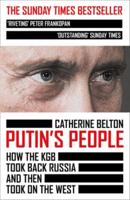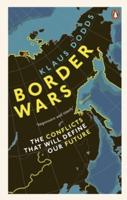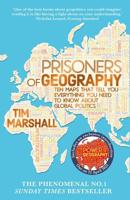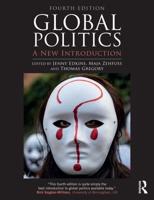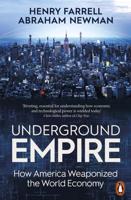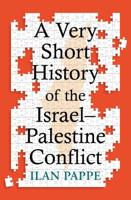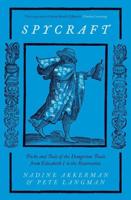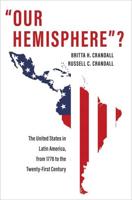Publisher's Synopsis
How to do more with less is the eternal question of every leader. Regarding that issue, this study offers a perspective relative to combat advisorship in a conflict. The purpose of this study is to analyze the advisory years of South Vietnam (1955-63) and the American advisory efforts in the El Salvadoran Civil War (1979-1992) with an eye toward effectiveness - how well did the advisors, and their charges, execute their individual counterinsurgency campaigns. Determining well or poor execution requires a synthesis of counterinsurgent doctrine, theory, and history. The mechanism used for this determinant is a comparative case study. This study takes theory, doctrine, and the history of the events of the two wars, sifts them through Gordon McCormick's "Mystic" Diamond Model of counterinsurgency operations, and derives conclusions of effective use of advisors. Analyzing El Salvador and Vietnam from a counterinsurgent perspective reveals some interesting correlations between the effectiveness of a governmental counterinsurgent force, and the echelon of a host governance upon which U.S. advisory forces placed the most emphasis. There is a correlation that can be drawn from the research: the higher the echelon in a host country that can be influenced, the more success the overall counterinsurgent effort eventually has.

